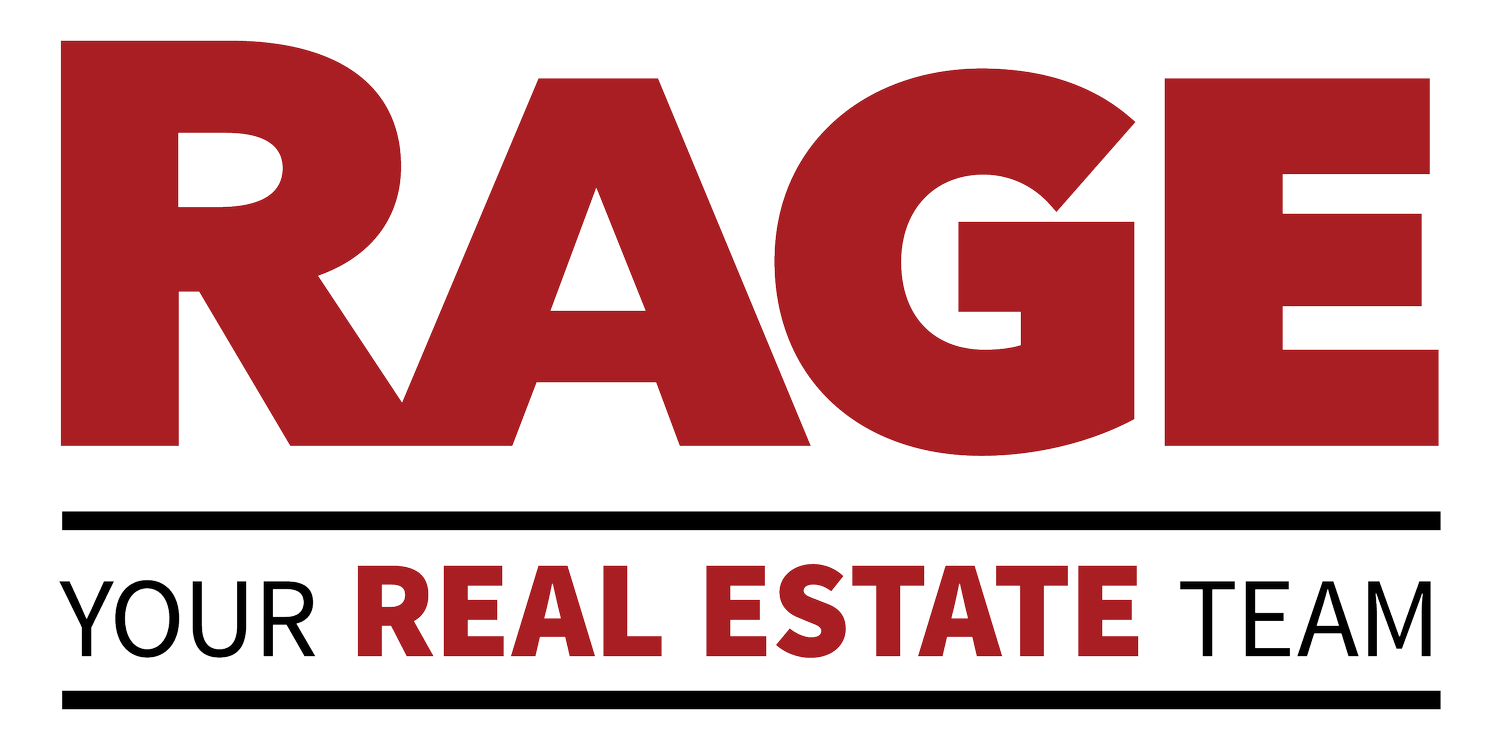2022 Market Review
Today, I’d like to provide a summary of 2022 Denver real estate market.
Specifically,
1) why the market went as crazy as it did in the spring
2) why it stopped going crazy in the summer and fall
3) and an idea of what to expect in the new year.
2022 was the year the proverbial pendulum finally started to swing back the opposite direction.
Median Home Sale Prices Nationwide - solid gray bars indicate recessions
After a couple years of unstoppable momentum - seeing homes appreciate almost 40% since spring 2020 - the market has slowed down.
Interest rates started the year very low (around 3.25%) and the opportunity to lock in such a low rate for 15 or 30 years was too good for buyers to pass up.
That opportunity lead to high buyer demand at relatively accessible prices, which in turn drove prices up.
But, all good things must come to an end.
The Fed stepped in at the beginning of summer. Whereas during COVID people were trying to keep the economy alive in the midst of great uncertainty, the Fed’s intent became to slow down spending, increase unemployment (if people lose or think they might lose their job, they will likely spend less money), and hopefully get inflation moving back down from 9% closer to 2%.
The Fed’s changes minimally affected daily purchases - groceries, clothes, etc. - but for large purchases…say, a house for $650,000 - the changes had an EXPONENTIAL impact.
Interest rates started 2022 around 3.25% and climbed to 7.3% at their peak in the fall, before settling back around 6.5% for a 30 year fixed rate mortgage.
That fastest, largest hike in history effectively introduced a term we hadn’t really been discussing in a while - AFFORDABILITY.
Source: First American TitleFor example, a buyer purchasing a $650,000 home with 10% down at 6.35% might now take on a $4,200/mo (PITI) house payment, compared to that same home at the same price only costing $3,000/mo in January. Assuming the average household in Denver makes around $100,000/yr, that increase became insurmountable for many buyers.
The alternative was for a buyer to hold to their budget and simply decrease their purchase price to maintain the same house payment. For many buyers, that meant decreasing their target buying range by $200,000.
Not surprisingly, new mortgage applications tanked. Buyers, quite frankly, couldn’t afford to buy the homes on the market, and the industry - loan options and seller expectations - would take another 60-90 days to pivot into viable solutions.
In the mean time, homes that previously might have sold during their opening weekend on the market now started sitting. and sitting. and sitting.
4 days, 16 days, 34 days.
Sellers started to see this trend and decided to hold off on selling - new listings hitting the market each week dropped from 1,800, to 1,200, to now 600-700 per week.
With the increased time it took to sell a home, active listings were stacking up 1,500, 3,000, 5,000, up to the current 7,000 range.
As would be expected, the average sale price also then started dropping by 1-2% each month through late summer and fall, so now the market is down about 10% from the peak - currently sitting at about $727,000 average sale price for detached single family homes in the seven county Denver metro.
Source: First American TitleThe news headlines jumped ALL OVER this shift, some basically declaring an apocalypse.
But here’s the deal, all we’re doing is shifting back toward balance. Toward “normal,” if there is such a thing. When red-hot-crazy-out-of-control has been the norm, trending toward balance feels ice cold.
Let’s consider pre-COVID market conditions:
Source: First American TitleHomes selling for 98% of list price, not 107%, was normal.
Homes taking a month to sell was normal.
6,000-7,000 active homes for sale instead of 1,500 was normal.
The real estate market is dynamic. Always shifting. Always changing.
So, although it might feel crazy, we’re trending toward normal.
And I think we might all enjoy some normal for a bit.
As a bonus, let me add this: 3 reasons we’re optimistic about the market heading in 2023.
Lenders are offering timely products and people’s expectations have adjusted to the new normal (read more here). Solutions are in place to navigate the market until rates come back down.
The largest age demographic in America is currently age 32-34. The most common age of a first time home buyer is 34. Thus, it’s reasonable to expect demand for Denver housing to remain strong.
3. Rates have likely hit their peak and are down 1% since that time. We expect any continued easing of those rates to only help improve affordability without home prices having to significantly decrease more than they have.
—
We hope this content serves you well as you seek to be savvy homeowners and make wise financial decisions for your future. If you'd like to chat further or are considering moving in the coming months or year, let's get a meeting scheduled today!
- Josh & The RAGE Team
This material has been prepared for informational purposes only, and is not intended to provide, and should not be relied on for tax, legal, or accounting advice. You should consult your own tax, legal and accounting advisors before engaging in any transaction.





